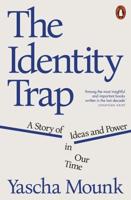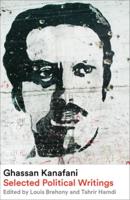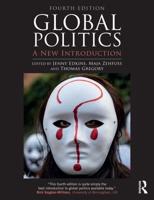Publisher's Synopsis
National symbols-flags, national anthems, monuments, currencies, capital structures, cultural icons, and public holidays, to name a few-are tricky cultural signposts, for they preserve not only the "victorious" definitions promoted by the nation but also the fossilized debates and controversies that have crystallized around these symbols over decades or, in some cases, centuries. Through close readings of national symbols, we can discover challenges to a perceived consensus-challenges that may have been silenced permanently, or for a time, but which may surface again when political or cultural circumstances are more favorable to their cause. This volume illuminates the rich insights national symbols offer into the historical process by which certain groups inscribe their interpretation of a nation's identity and collective memory at a given time period as well as how these narratives are gradually transformed as the power to"tell the national tale" shifts from one political group to another. The essays in this volume represent four continents and nine countries and include such topics as the interface of the religious and the secular in national narratives in Israel, the Balkans, and Northern Ireland; the question of the demise, survival, or resurrection of national symbols as the nation itself undergoes fundamental changes in Germany and Russia; fluid counter traditions in the American South; the multivalent figure of the Argentinean gaucho; the different uses various societal groups make of national monuments such as the Lincoln Memorial; the instability of certain national symbols, as exemplified by the Tomb of the Unknown Soldier in Cairo; and, finally, perhaps the most monumental act of symbolic re-inscription, the re-founding of the capital of Sri Lanka in Sri Jayawardhanapura-Kotte. Collectively, the contributions in this volume demonstrate that, however"perennial" or "organic" their national symbols may appear to the citizens of any given nation at any given time, these symbols are subject, over time, to continual challenges, changes in signification, and, in extreme cases, loss of valuation or replacement.










